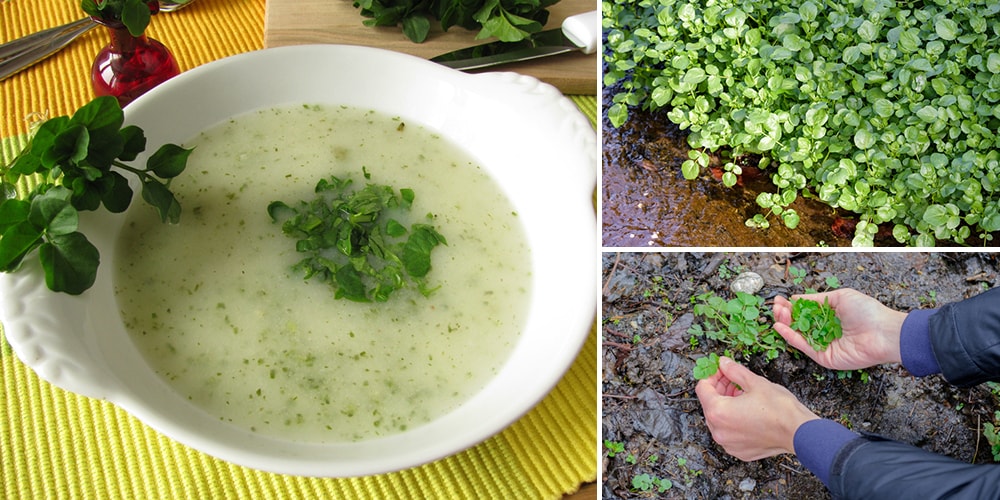
Watercress Broth to Strengthen Your Joints and Bones
If you happen to know somebody who suffers from osteoporosis or other joint ailments like arthritis, do them a favor and send them this article. This is literally the best thing you might do for them!
A small leaf with a big taste, Watercress helps fix calcium in your bones and reduce the inflammation in your joints.
One cup of watercress contains 85 micrograms of vitamin K, which represents 106% of the recommended daily dose. Vitamin K aids the absorption of calcium in the body, and stops it from being eliminated through urine.
Watercress is a common plant which means that it probably grows in your backyard right now! So, let’s put it to good use. Your taste buds and joints will thank you!
How to Identify Watercress

If you ever see a plant growing above running water, it is probably watercress.
It grows between 4 to 10 inches high, usually forming a carpet of small, round and glossy leaves. Because it is an aquatic or subaquatic plant, you can find it in shallow running waters, along stream margins, river edges and ditches.
Its white flowers grow in long clusters of 4 petal formations with yellow stamens. They appear above the water from March through October.
Watercress is a good source of vitamin C which has a long list of health benefits, including supporting collagen production to keep your hair, nails, skin and joints healthy. Vitamin C also has immune-boosting and wound healing properties. It contains many minerals necessary for bone health, including calcium, magnesium, potassium and phosphorus.
Also, you could learn how to make cabbage bandages to treat inflammation and joint pain. Cabbage leaves are a great anti-inflammatory and contain compounds that can also draw out poison or pus from a wound and speed up the healing.
Watercress Broth for Strong Joints and Bones
Leaves taste bright, fresh, and peppery. If you want to eat the plant raw, make sure to harvest it from clean water sources. Otherwise, it must be cooked to destroy possible microbes.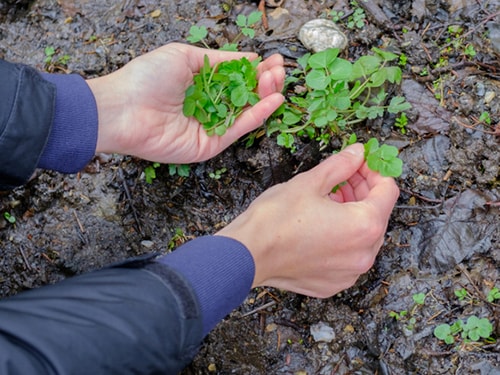
Ingredients:
 2 cups loosely packed watercress, washed thoroughly
2 cups loosely packed watercress, washed thoroughly- 1/2 cup sliced carrots
- 3 garlic cloves, thinly sliced
- 1 white potato, peeled and cut into ½-inch dice
- 1-quart (1 Liter) of water
- salt and pepper to taste
- additionally, a few slices of ginger for extra flavor and vitamins
Steps:
- Into a pot, add the water, watercress and potato, carrot, garlic, and ginger (if using any).
- Simmer all of them for about 45 minutes or until the water is reduced by half.

- At this point you can take out the ginger if you do not want its pungent flavor. Add salt and pepper to taste.
- You can either eat it as it is or blend it together for a smoother texture.

Final Thoughts
Watercress broth is a healthy and nutritious soup that can be made easily at home. Enjoy this powerful broth and take advantage of the amazing anti-inflammatory properties. The garlic and ginger add an extra layer of taste, as well as numerous other health benefits. Enjoy!

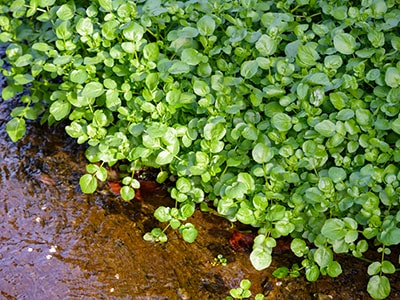
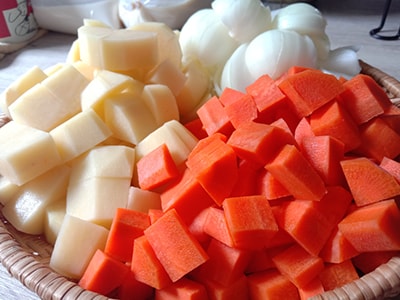 2 cups loosely packed watercress, washed thoroughly
2 cups loosely packed watercress, washed thoroughly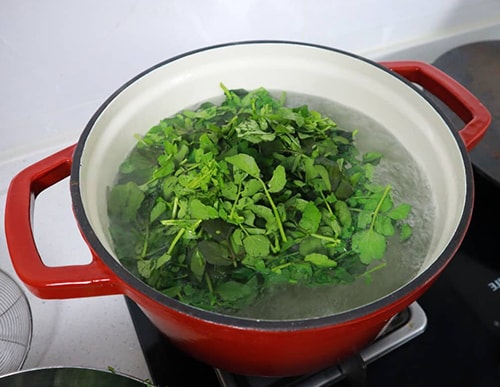
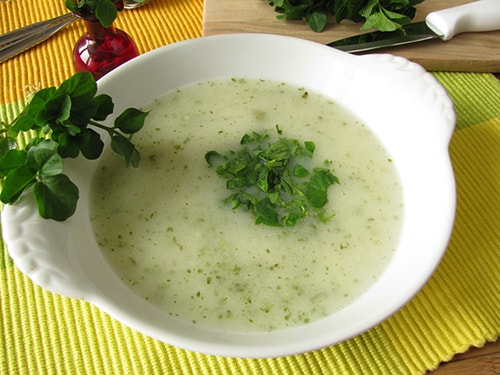
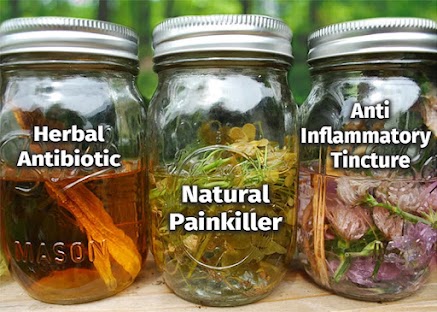
This plant doesn’t just grow in your back yard. It’s not just a common weed. It has to have water like a stream. Hence watercress.
What about eating it as a salad? Would that have similar properties as this?
Watercress can definitely be added to a salad. As a child in England, we would often be given watercress sandwiches. They are delicious.
Is the potato necessary? Keto diets don’t allow for potato…
Hi Pat,
You can skip the potato in this recipe if you’re on a keto diet.
There are many keto-friendly replacements for potatoes. Some good substitutes include rutabaga, cauliflower, radishes, carrots, jicama, celeriac, and turnips. All of these are significantly lower in carbs.
Many blessings and good health!
Would sweet potato be a good replacement for the white potato? I am on an AIP plan right now.
I live on a small lake but no running water. Where do you get this?
Hi Sharon,
Watercress is usually found in the fruit and vegetable section of most grocery stores. You can also find watercress at local farmer’s markets or health food stores.
Many blessings and good health!
How does one consume this broth, hot or cold, and when is the best time consume.
If we simmer it, doesn`t it lose all its healing power?
To be beneficial, how much and how often do you need to consume?
I’m surprised at the white potato ingredient. I was told it aggravates arthritis and causes joint inflammation (like night-shade veggies). Is this incorrect?